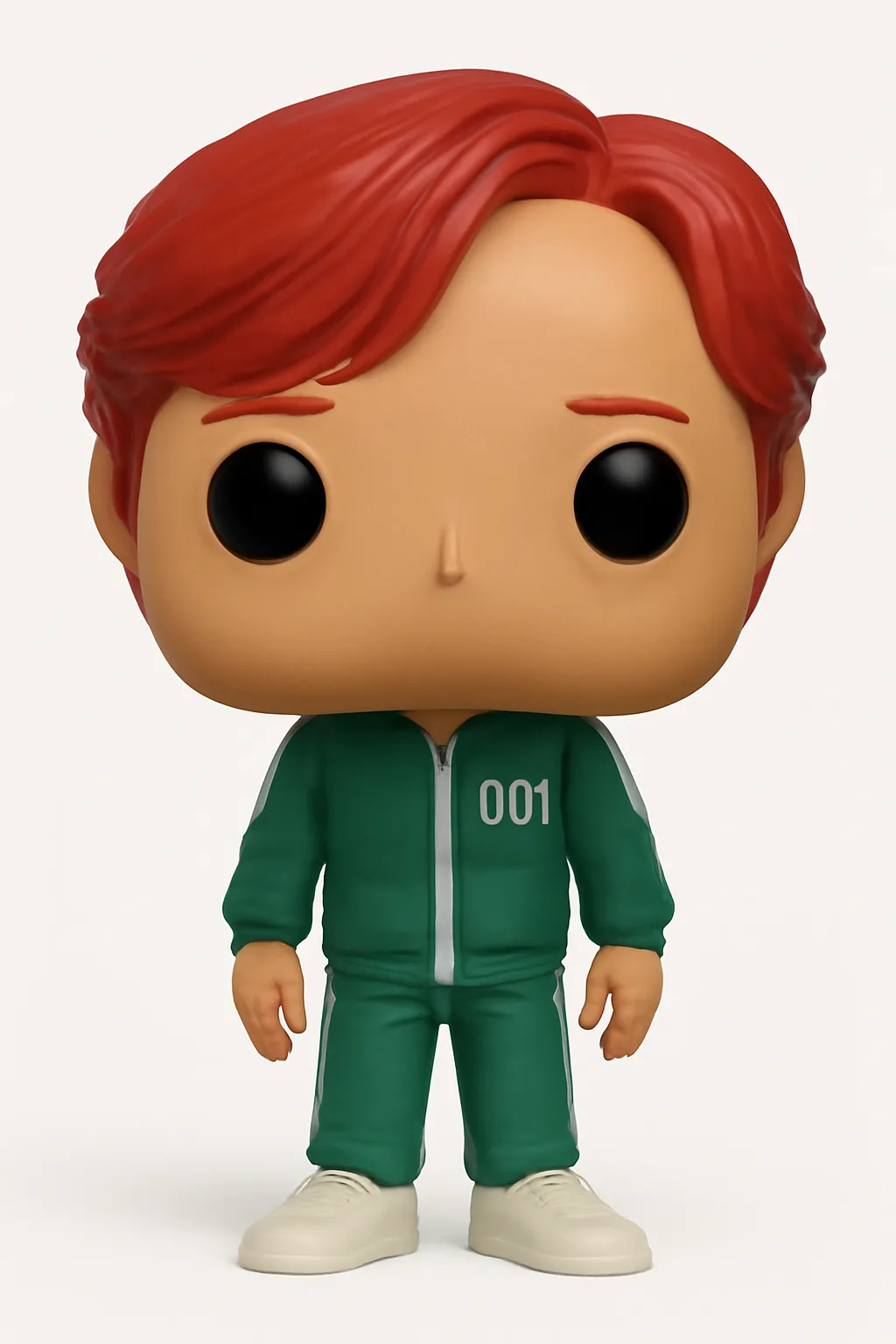- Personalized AI mockup customization tailored to specific POD niches (e.g., t-shirts, mugs) beyond generic templates to increase value perception.
- Developing a freemium tier with more functional features to reduce churn among free-tier users and act as a more effective acquisition funnel.
- Embedding viral/referral growth loops directly inside the product experience (e.g., shareable mockups with Leavoo branding discounts for referrals).
- Integration with additional POD platforms beyond Shopify and Etsy (e.g., WooCommerce, BigCommerce, Amazon Merch), expanding TAM.
- Pricing experimentation leveraging usage-based or tiered credit models aligned with POD seller sales cycles rather than flat subscriptions.
- Adding team/collaboration features targeting small seller collectives or design agencies that service POD sellers.
- Building a community-driven marketplace for user-created mockup templates, creating network effects and increasing engagement.
- Optimizing paid acquisition using first-party data and LTV-driven bidding models to counter rising CAC and compete with free AI mockup entrants.
- https://placeit.net/pricing
- https://smartmockups.com/pricing
- https://mockupworld.co
- https://artboard.studio/pricing
- https://www.canva.com/pricing/
- https://www.printful.com/mockup-generator
- Various industry forums (Reddit r/printondemand, IndieHackers threads)
- Shopify and Etsy app store reviews and competitor app integrations
- TikTok marketing channel trend analysis reports (2023-2024)
Inputs used
COMPANY NAME
LeavooINDUSTRY
AI-powered product mockups for POD sellerscurrent focus
Leavoo sells AI mockups for POD sellers via subscriptions, with Shopify/Etsy integration and growth via TikTok + affiliates.12.68
Strategic Deep Dive: Competitive Advantage Map
1 sample run
259 words
Verified
Private
A battle tested strategy prompt that maps your competitive landscape, uncovers untapped growth levers, and prioritizes high-ROI moves based on impact and feasibility. Built for founders, PMs, and growth leads who think long-term.
12.68
Prompt body
Similar prompts
- Personalized AI mockup customization tailored to specific POD niches (e.g., t-shirts, mugs) beyond generic templates to increase value perception.
- Developing a freemium tier with more functional features to reduce churn among free-tier users and act as a more effective acquisition funnel.
- Embedding viral/referral growth loops directly inside the product experience (e.g., shareable mockups with Leavoo branding discounts for referrals).
- Integration with additional POD platforms beyond Shopify and Etsy (e.g., WooCommerce, BigCommerce, Amazon Merch), expanding TAM.
- Pricing experimentation leveraging usage-based or tiered credit models aligned with POD seller sales cycles rather than flat subscriptions.
- Adding team/collaboration features targeting small seller collectives or design agencies that service POD sellers.
- Building a community-driven marketplace for user-created mockup templates, creating network effects and increasing engagement.
- Optimizing paid acquisition using first-party data and LTV-driven bidding models to counter rising CAC and compete with free AI mockup entrants.
- https://placeit.net/pricing
- https://smartmockups.com/pricing
- https://mockupworld.co
- https://artboard.studio/pricing
- https://www.canva.com/pricing/
- https://www.printful.com/mockup-generator
- Various industry forums (Reddit r/printondemand, IndieHackers threads)
- Shopify and Etsy app store reviews and competitor app integrations
- TikTok marketing channel trend analysis reports (2023-2024)
12.68
Business & Strategy









